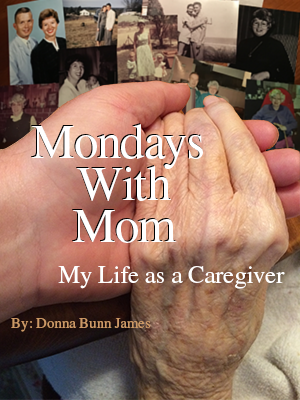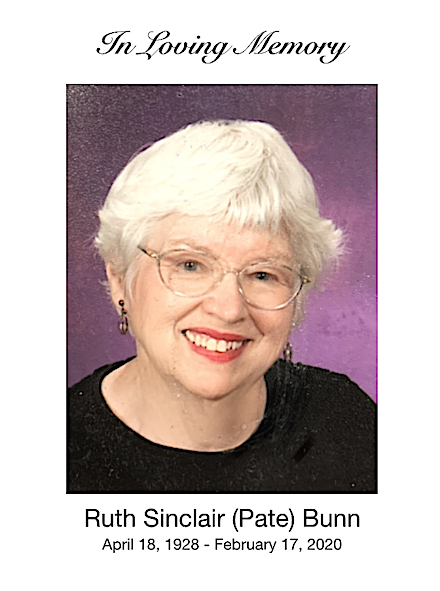
When I started writing this series, Mom had already been through so much concerning her physical and mental health. Until her mid-seventies, she had been strong and healthy; except for being in the hospital for each childbirth, she had not been hospitalized. My sister, Carla, and I were concerned about her weight and arthritis, so we pressured her into a wellness checkup in 2003. According to Mom, that’s when she started falling apart and the years of broken bones and therapy began.
Unbeknownst to all of us, Mom received a diagnosis of osteoporosis and was encouraged to begin calcium supplements and weight-bearing exercises. She decided not to do either treatment. At that time, she was still very independent and active. It was many years later – many broken and fractured bones later – before we knew why she was falling apart. She had not taken the warning to heart and so began the succession of injury:
April 2004 – broke sternum when she lost her balance sweeping the front porch.
July 2005 – back compression began – had lost over 4” in height
March 2006 – MRI showed a back fracture.
(May 06 – we saw the beginnings of dementia: she couldn’t remember how to set house alarm, began having mood swings, and couldn’t get her thoughts in order.)
August 07 – back and leg strength was diminishing.
August 07 – carpal tunnel surgery.
September 2008 – had an accident and totaled her van; no more driving.
August 2009 – had one back surgery to cement gaps in her vertebrae; two weeks later, another surgery.
Each injury necessitated some form of therapy, either in-home or nearby. Mom no longer does therapy, but I started thinking about our sometimes difficult and painful efforts through the years. Last Friday Michael, my husband, had surgery to correct a shoulder injury. His therapy started two days post-op in a chair in our living room. It is unlike any therapy I’ve seen before; he has to sit in a chair, secure his arm into the sleeve, turn on the machine, and wait one hour. The sleeve then gently raises and lowers his arm over and over. Yesterday was his first day in the sleeve and it moved his shoulder only 30 degrees or so. Today is a little further and tomorrow a bit more. He is supposed to use the chair 5-6 times a day.
It’s been a difficult situation for a fellow who had never before experienced anesthesia, the pain of surgery, and the recovery. From the perspective of the caregiver, I can’t imagine an easier therapy. He doesn’t have to get dressed, move to the car, travel, wait on a therapist, and then deal with the discomfort of the trip home. Instead, he simply moves from one chair to the other and the chair does all the work. Right now, he’s not using his muscles to do the work – all the stretching is provided by the chair. That is amazing to me!
I can only imagine how much easier that kind of therapy would have been for Mom. We had wonderful therapists at home, Pro-therapy, and the Oaks so I certainly don’t want to discount their amazing contribution to Mom’s healing. Most of the time, she wouldn’t do her therapy for us, but she would “show-off” for her therapists. I remember vividly one instance of getting her to walk; she stumbled for us, but she would walk strong and laugh and giggle with her male therapist. (She is such a flirt!) It would have been much easier on her caregivers to have all the therapy at home. However, she might not have done the work without those amazing therapists encouraging and challenging her.
For those of you who are caregiving: perhaps you are in that exhausting stage of therapy with your mom, dad, or patient. Breathe. I understand how hard this journey is and how disheartening it can be. Therapy is a part of this caregiving journey that can seem endless. Although we don’t have therapy currently working with Mom, for now, I’m so grateful for all the hours and energy spent on making her as strong as she could be. I firmly believe their efforts are part of the reason we still have her with us.

